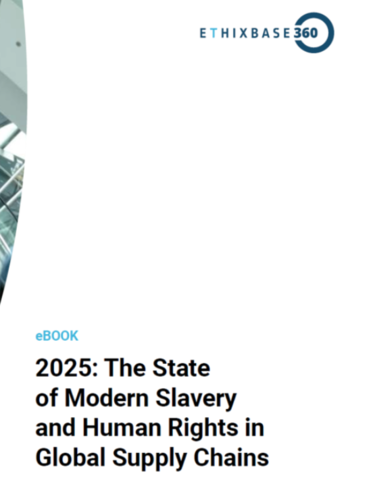Visualising success in the customer journey

Chris Harris at Couchbase explains how to visualise success on the customer journey with analytics
Customer experience (CX) is a key differentiator for businesses. Almost two thirds of consumers list customer experience as the main deciding factor when choosing between buying options, and more than 32% will change providers after just one bad experience.
And as a result of the ongoing digitalisation of services, customers expect a flawless service every time they use an application. This has put pressure on organisations to deliver fast, reliable, and personalised services.
By achieving this standout experience for users and consumers, organisations gain measurable benefits. Often a great experience leads to a more loyal customer base that are inclined to try additional services and ultimately spend more with an organisation that meets expectations for their digital journey.
User-generated data has enabled organisations to work tactically to improve customer experience, tracking behaviour and trends before making business decisions to match. But as the digital services provided by organisations has risen, so has the quantity of data they collect.
The volume, variety, and complexity of data makes it difficult for enterprises to properly analyse it to see the unique insights which can be used to deliver exceptional customer experience.
If businesses can glean CX insights from data, and implement new tactics to engage existing and potential new customers, they can set themselves apart from competitors. But how can this be achieved?
Enhancing the customer journey
Modern businesses must have a more complete picture of customer preferences, behaviours, and trends to shape their CX strategies. And leveraging data analytics and visualisation is one key step to ensure that the customer journey lives up to expectations.
Analytics helps organisations to identify correlations in relationships and connect the dots between independent variables, enabling them to interpret data in digestible graphical or visual forms. This allows businesses to understand the effectiveness of existing strategies and make more strategic decisions to enhance the customer journey.
This also enables firms to identify recurring trends. It provides the historical data to examine the frequency of variables over time, helping to make predictions about customer behaviour.
Analysing how and when consumers purchase and use certain products allows businesses to gain valuable insights into customer activity, opening up opportunities to create new ways to engage these customers.
Data visualisation in the field
In the retail sector, grocery chains and department stores can take advantage of data visualisation when they are developing promotional offers. They can piece together data that shows consumer buying patterns, including products that are frequently bought together, or products that sell especially well during certain holidays, enabling businesses to understand the most effective ways to engage customers.
By having all this data easily accessible in a visual graph, firms can make more forward-thinking decisions that impact sales, growth, and ultimately the customer experience.
Enterprises in the energy sector are also making use of visualisation. Offshore oil rigs generate enormous amounts of data that needs to be collected, consolidated, and used for analytics.
This is particularly important as the cost of fossil fuels soars, as recent research shows that failing to take advantage of data and analytics contributes to inefficiency in oil and gas companies.
Data visualisation can bring huge benefits to energy firms, as this information can be converted into a visual graph, then segmented depending on various factors, such as temperature, pressure, flow rate, or environmental factors – making it far more digestible than raw data points.
Visualising data in this readable way helps businesses to derive insights to help manage and forecast demand for oil. Equipped with the right database and data visualisation tool, processing facilities can handle more data, helping oil and gas operations to run more efficiently.
The who, the what, the where?
To unlock the benefits of data visualisation and analytics, organisations must implement a solution that is scalable, robust, and easy for users to extract insights from the data. Too often, firms rely on a complex data visualisation solution that is costly and difficult to gather conclusions from.
This means that businesses must be able to address the who, the what, the where, and the when. An ideal solution pulls this information for you and allows variables to be transformed into the best visualisation format depending on the data and use case – such as a heat map. It’s critical that the platform has manageability and security to support this, making it easy for teams to create visualised analytics.
When selecting a data visualisation tool, organisations must also ensure that it can handle operational and analytical data from a single system, and is also compatible with data sources that enable users to unpack intricacies.
Driving business insights
Ultimately, data visualisation and analytics empowers business users to gain invaluable insight into their data, helping them to recognise new trends and become more agile with their decision-making.
By making big data digestible, users can analyse emerging trends that can be used to better understand and enhance the customer journey. Data is the customer story, and visualisation tools help piece it together.
Chris Harris is VP, Global Field Engineering at Couchbase
Main image courtesy of iStockPhoto.com

Business Reporter Team
Most Viewed
Winston House, 3rd Floor, Units 306-309, 2-4 Dollis Park, London, N3 1HF
23-29 Hendon Lane, London, N3 1RT
020 8349 4363
© 2024, Lyonsdown Limited. Business Reporter® is a registered trademark of Lyonsdown Ltd. VAT registration number: 830519543





